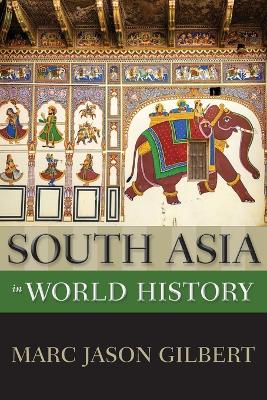It can be said of South Asia what has long been said of its great epic poem, the Mahabharata: "there is nothing in it that cannot be found elsewhere in the world and nothing in the world that cannot be found there." South Asia's historic trans-regional connections to the wider world include the trade between its most ancient civilization with Sumer and central Asia, the diffusion beyond its shores of three of the world's major religions (Hinduism, Buddhism,
and Sikhism), its cultural encounters with the Greeks, Islam, European imperialism, the spread of it cuisine (from crystalized sugar to "curry"), and its architecture (including the world's most recognized building, the Taj Mahal).
While these connections have insured that South Asia has always loomed large in the consideration of the world's collective past, its societies are currently undergoing a transformation that may enable them to rival the United States and China as the world's largest economy. This study employs accessible language and an engaging narrative to provide insight into how world historical processes, from changes in environment to the movement of peoples and ideas, have shaped and continue to shape
the history of South Asia and its place in the wider world.
- ISBN10 0199760349
- ISBN13 9780199760343
- Publish Date 4 May 2017
- Publish Status Active
- Publish Country US
- Imprint Oxford University Press Inc
- Format Paperback
- Pages 208
- Language English
